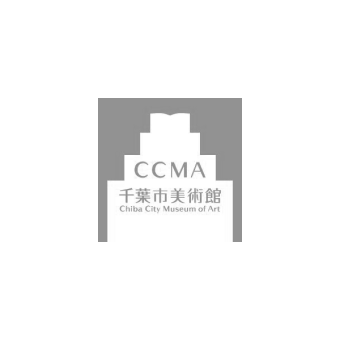Chiba City Museum of Art
Mucha and Japan, Japan and Orlik

The exhibition Mucha and Japan, Japan and Orlik examines the mutual cultural influences of Japan and Europe in the second half of the 19th and early 20th centuries and celebrates the 100th anniversary of the establishment of Czech–Japanese diplomatic relations. In addition to the works of Alphonse Mucha, it also includes pieces by Vojtěch Preissig, Arnošt Hofbauer, Jan Preisler and others.
Alphonse Mucha is the main attraction of the exhibition; according to the organizers, his works will capture the attention of Japanese visitors and thus help introduce other, lesser known European artists.
Mucha is joined by Art Nouveau greats including Gustav Klimt, Koloman Moser and Oskar Kokoschka. Symbolism, expressionism and decadence are represented by Antonín Slavíček, Josef Váchal and Richard Teschner, whose works are presented alongside Japanese woodblock print masters Katsushika Hokusa and Utagawa Hiroshige.
The exhibition also focuses on Czech artists who have lived in Japan for significant periods of time. Visitors may thus discover the works of Emil Orlik and Tavík František Šimon. Czech travellers such as Josef Kořenský and Joe Hloucha are also featured alongside several selected legionnaires.
The Japanese were equally hungry for new European developments, which, until the beginning of the Meiji era in 1868, they were only able to study thanks to foreign literature. The very fact that – unlike in Japan – European printmakers frequently made their drawings, engraved their plates and printed their works themselves, led to new impulses and reflections on the position of the artist; the exhibition aims to illustrate this phenomenon by including e.g. the works of woodblock printmaker Kazuma Oda. Much of the exhibition is devoted to Hakuba-kai (White Horse Society) and the Myojo art magazine, both of which played a significant role in the adoption of Art Nouveau in Japan. The works of leading late 19th and early 20th century Japanese artists including Asai Chū, Kōtarō Nagahara, Fujishima Takeji and Hiromitsu Nakazawa thus come full circle: the influence of Japanese-inspired Art Nouveau, led by Alphonse Mucha, is clearly evident.
Curated by: Junko Nishiyama of the Chiba City Museum of Art and Yoshiko Inoue of the Museum of Modern Art, Wakayama.
After an initial period at the Chiba City Museum of Art, the exhibition is being displayed at the Museum of Modern Art, Wakayama (2 November – 15 December 2019), the Okayama Prefectural Museum of Art (4 January – 11 February 2020) and the Shizuoka City Museum of Art (11 April – 24 May 2020).
(Source: Czech Centre Tokyo)
Four works of art on loan from the Pro arte Fund were displayed at the travelling exhibition: an oil painting titled Winter View of a Jeseník Homestead (before 1920) by the increasingly renowned Czech-German artist Emil Orlik, the poetic plein air painting Paris (1904) by František Šimon Tavík, the rhythmic Art Nouveau-esque composition Forest (ca. 1897) by Antonín Slavíček, and Landscape with Trees (1902) by Vojtěch Preissig, one of Alphonse Mucha’s companions during his time in Paris.